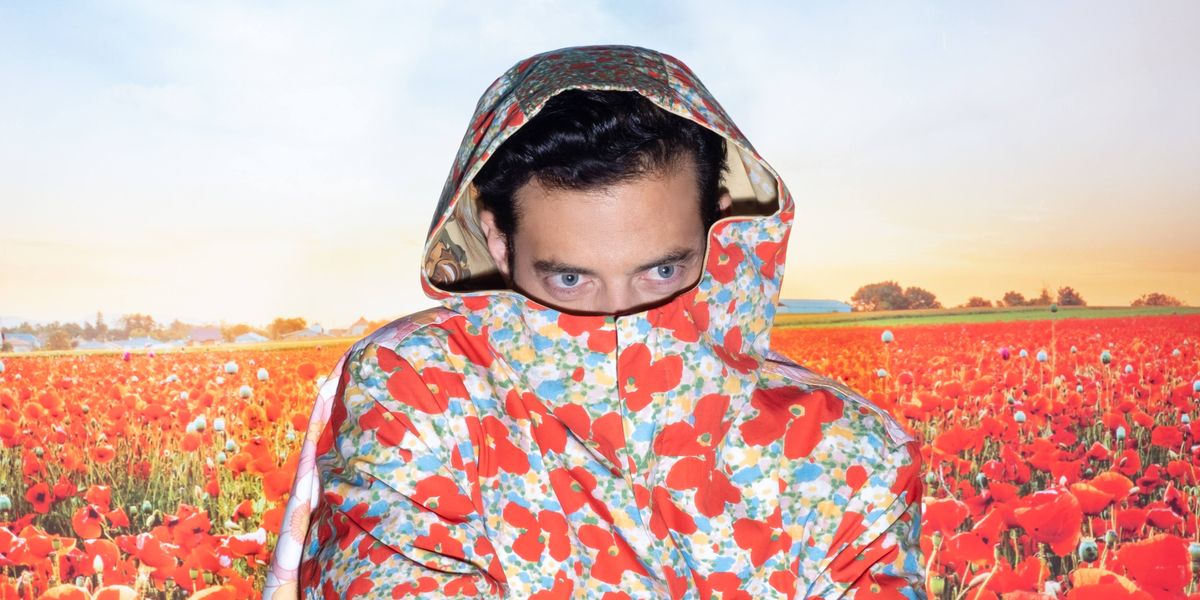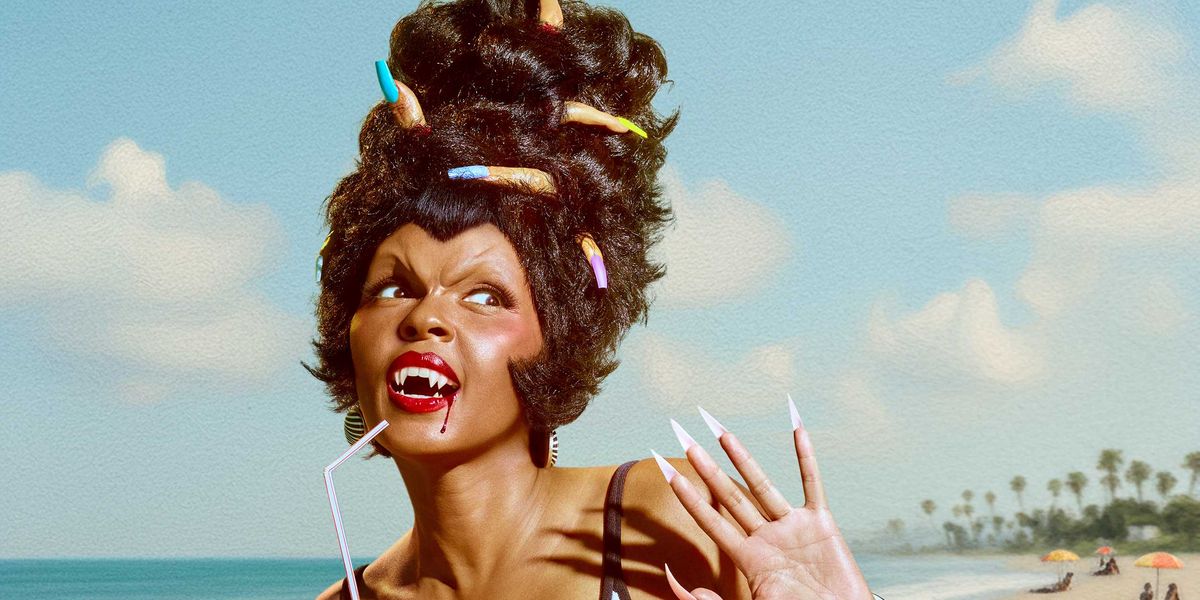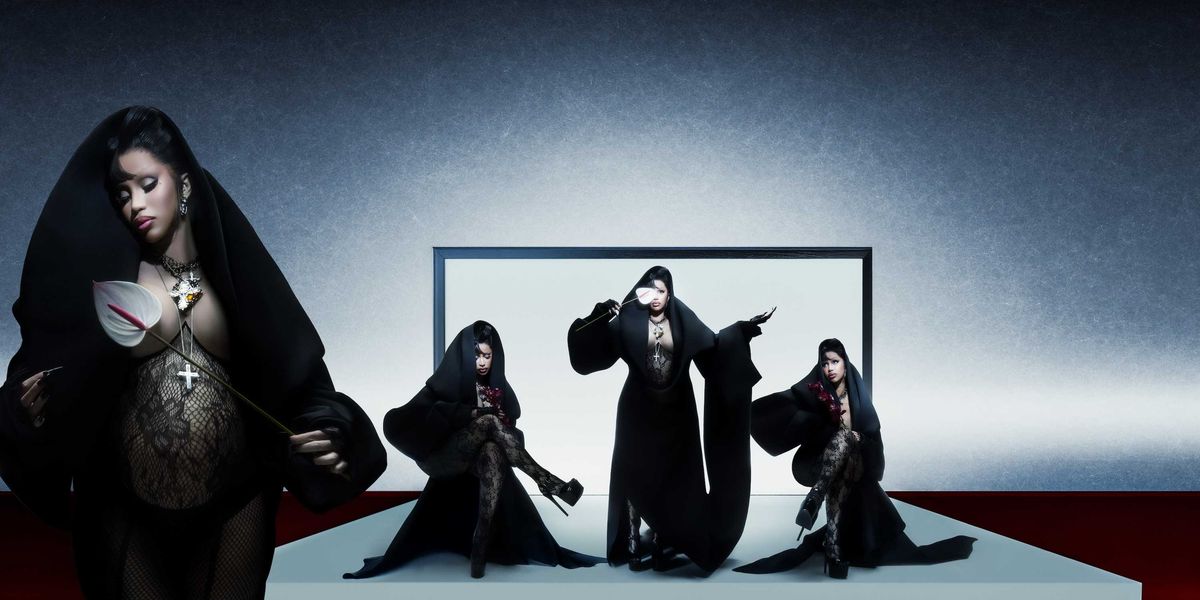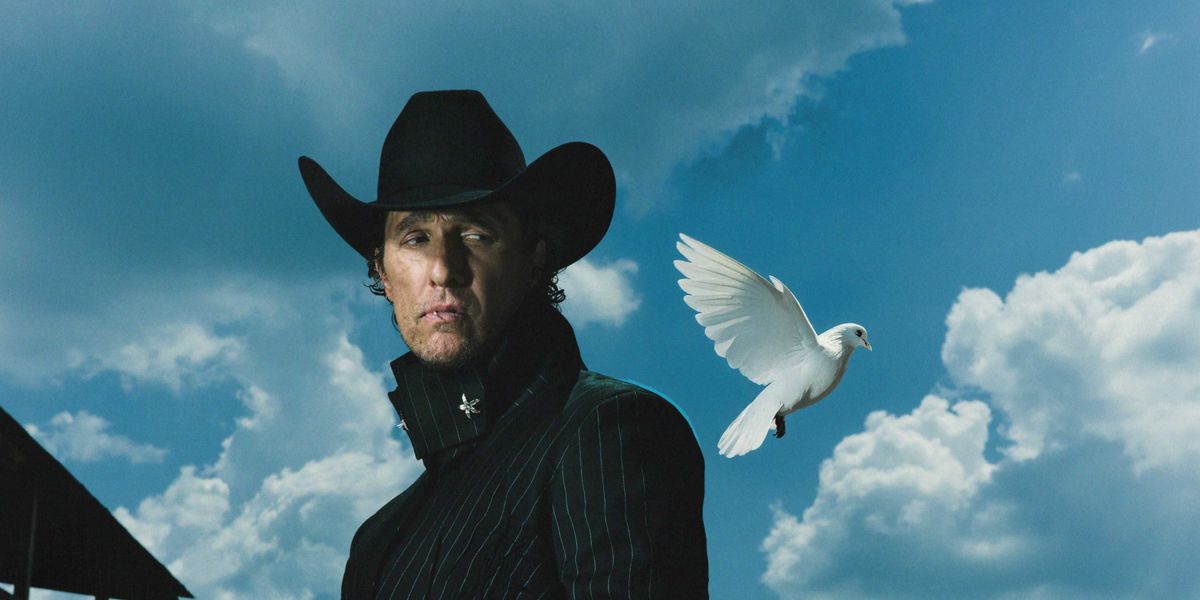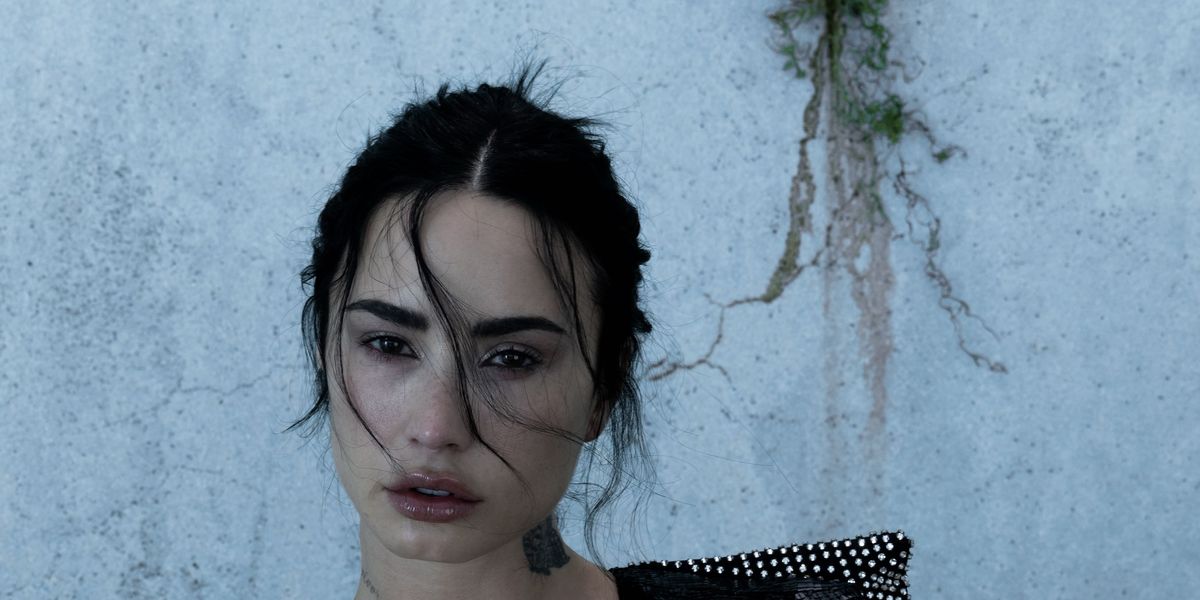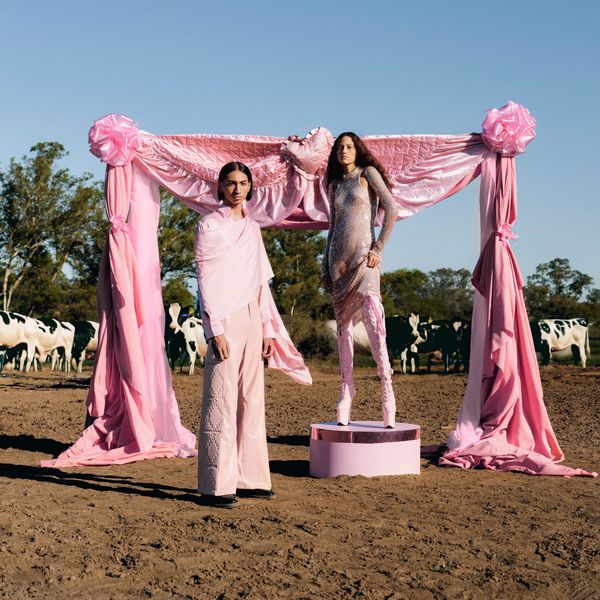
Esquina Esquina Shows Glamorous Argentinian Heritage
Dec 27, 2024
Esquina Esquina is rethinking Argentina’s cultural identity through fashion, blending the South American country’s artisanal traditions with a contemporary, queer and high-femme edge.
Founded in 2021 by Josefina Roveta, the brand fuses Roveta’s background in art history and cultural management with her passion for design. Inspired by her education at the Institut Français de la Mode in Paris and collaborations with Argentinian artisans, the brand aims to bring its heritage to the world and is figuring out how to preserve centuries-old crafts while appealing to TikTokers.
“Esquina is a brand born at the crossroads of art, heritage, and irreverence," Roveta tells PAPER. “It’s a platform for I define Esquina as ‘Neo-criollo hot couture,’ reimagining Argentina’s symbolic and material patrimony with humor, audacity and modernity.”
With designer Beto Romano, the two see the brand as a dialogue between the country’s long artisanal heritage and the playfulness of pop culture — a rebellious, irreverent exploration of identity. Like what if Paris Hilton and a gaucho (a cowboy of the South American pampas) had a daughter?
Roveta adds: “Our collections reinterpret the country’s cultural heritage, from gaucho traditions to indigenous techniques, blending them with a contemporary, ultra-feminine or queer lens. Its tradition meets kitsch, rooted in nostalgia and humor.”
Below, PAPER chatted with Roveta about blending history with pop culture, collaborating with artisans and the diverse cultures of Argentina.
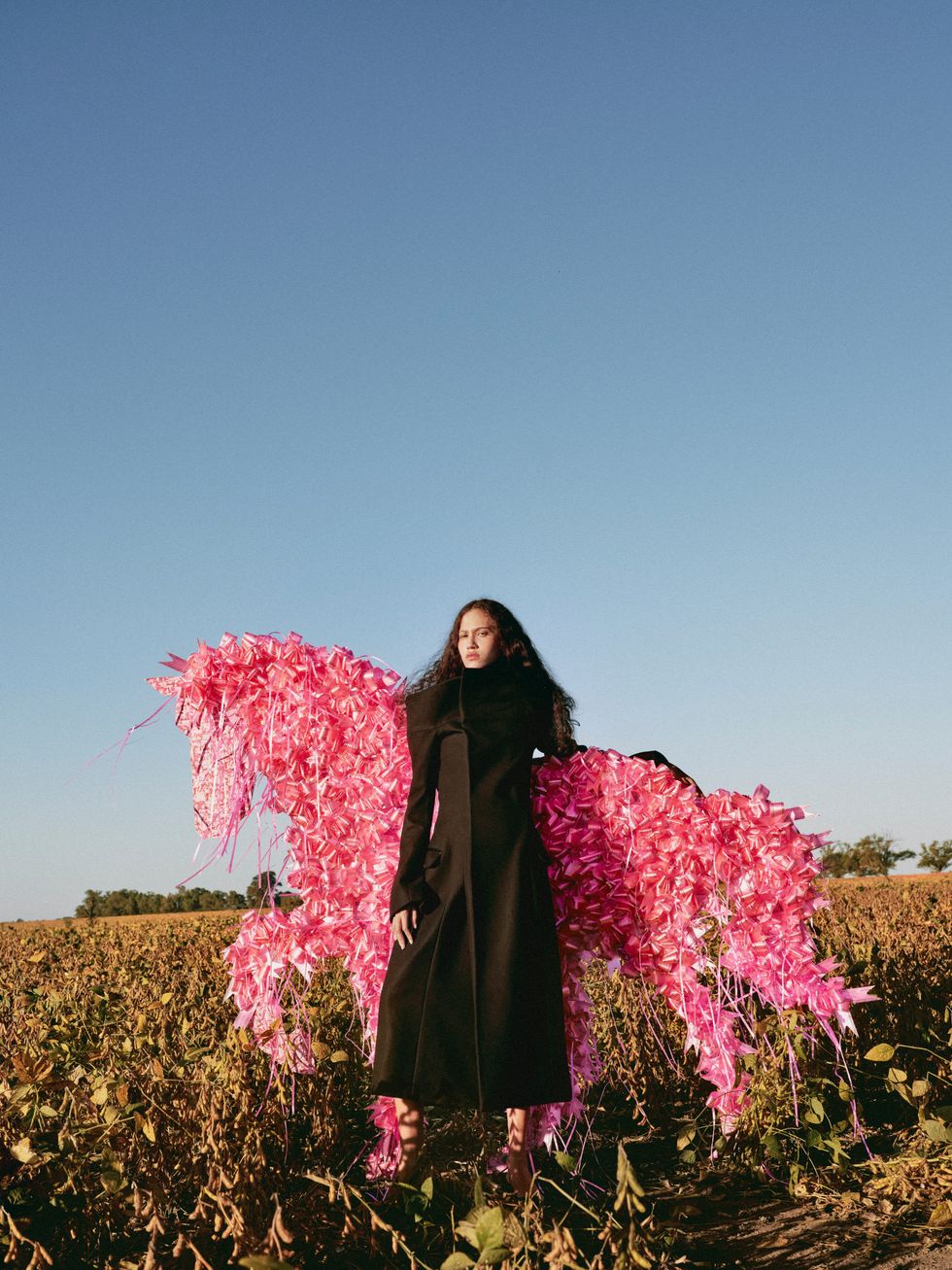
What was the inspiration behind your latest collection?
The latest collection, “Alicia en las Pampas de las Maravillas,” imagines Lewis Carroll’s whimsical Wonderland set against the vast Argentine pampas. It combines elements of surrealism with the tactile, earthy craftsmanship of local artisans. For instance, saddle-inspired embroidery and vibrant chaguar textiles create a dreamlike blend of fantasy and tradition.
The collection also draws from the idea of contradictions — luxury versus kitsch, rural versus urban — explored through collaborations with artisans like Jerónimo Coll, a master of soguería criolla [traditional Argentine leather braiding], and Valentin Demarco, whose silverwork redefines queer criollo aesthetics.
What sort of storytelling are you trying to communicate through this campaign?
The campaign is about transformation — how heritage and modernity intersect in unexpected ways. It’s an invitation to step into Esquina’s world, where fashion becomes a medium for exploring identity.
The collection is inspired by an Alice in the Pampas of Wonders, drowsy amidst the humid vapors of the countryside hours, surrounded by horses and chickens in her dreamlike estancia. Almost unable to distinguish between fantasy and the reality of rural life in which she was immersed. One day she finds herself exposed to and captivated by the vertigo of Buenos Aires and cannot return.
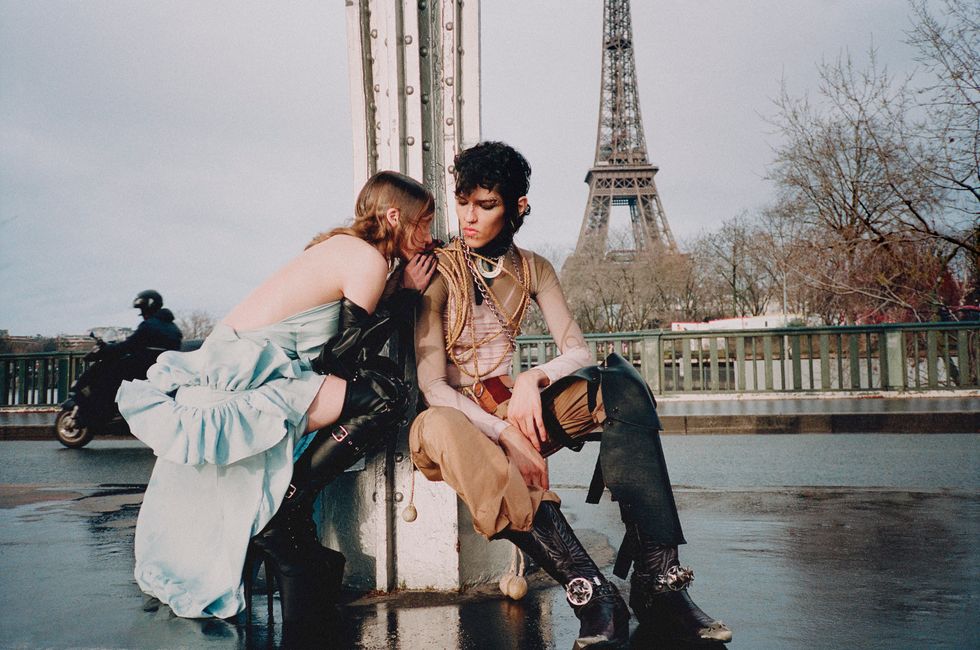
How does this collection reflect the ethos of your brand?
When I moved to Paris to study at IFM, historian Didier Grumbach told me that designers from peripheral countries needed to bring their own heritage to stand out. At first, this struck me as a narrow and stereotypical observation, diminishing the complexities of Argentina as a rich culture. It also raised the question: Who am I, a white cosmopolitan posh girl, to withdraw and "inspire" myself with a history I know only through books — a history that is barely my own (the many and varied indigenous cultures coexisting in Argentina or the rural "gaucho," Argentine cowboys)?
After my five years in the luxury industry in Paris, I came to understand the importance of artisans and crafts in materializing culture through their skills. Nowadays, these elements embody the true essence of luxury: time and knowledge cherished from generation to generation. As an art historian and curator, when I returned to my hometown of Buenos Aires, what Didier Grumbach had said years before made sense. Artisans are now the protagonists of my collections, and I engage in dialogue with them, learning from their expertise. Esquina stands out as a distinctly Latin brand because we dive deep into the essence of Argentine culture, infusing our collections with rich narratives that reflect who we are and what we could have been.
Given its history and mix of influences, what is Argentinian culture to you?
The Argentina we know today is a constructed narrative from the 19th century, obscuring the multitude of cultural influences that coexist. We aim to reflect this in a non-somber and contemporary way. While we do speak about the gaucho, we also connect with indigenous communities that existed long before the criollo Hispanic culture we now recognize as "Argentina." We even incorporate elements from 2000s pop culture, influenced by my childhood watching VH1. We proudly showcase local craftsmanship, from the artistry of silverwork to the traditional techniques of soguería criolla and chaguar from the Wichí communities. These elements elevate our garments from mere clothing to pieces that tell a story and renew it. Esquina serves as a platform for encounters and collaborations, which I like to define as "hot couture neo criollo." We’re not just about high fashion; we’re redefining it. Our unique proposition stems from delving into the artisanal roots of Argentine heritage, engaging directly with the richness of our culture.
Where can we see an example of these collaborations?
In our first season, I collaborated with Jerónimo Coll, a master in the craft of soguería criolla, allowing us to learn and grow together in our respective trades. By incorporating these elements, Esquina isn’t just about aesthetics, it’s a conversation about identity, pride and the complexities of being Latin American today.
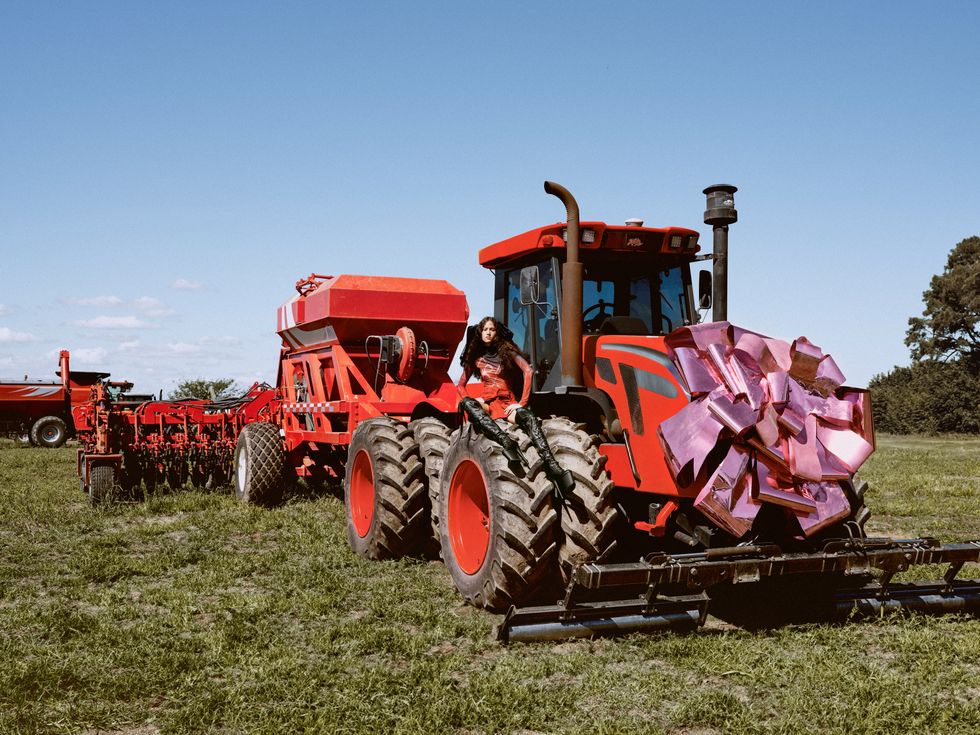
Can you walk us through the creative process for this collection?
The process starts with storytelling. What part of Argentina’s identity can we explore and reinterpret? This season, I delved into criollo crafts and surrealism, creating a dialogue between artisans and our design team. My Argentinian heritage is essential in informing my designs and business. Esquina aims to shake things up and engage people willing to rethink the knowledge that has existed for 500 years. If we don’t revitalize these traditions, they risk becoming mere artifacts in museums or artisan fairs, reduced to souvenirs like an alpaca knife.
We collaborate with artisans to reclaim Argentina’s heritage, presenting it in a way that’s youthful, playful and irreverent. To embrace this beautiful heritage without falling into caricature, we initiated a process focused on aesthetics, viewed through an ultra-feminine or ultra-queer lens, incorporating bold, artificial elements. We move away from the natural colors of the countryside to embrace pinks, rhinestones and kitsch. This is where our story begins.
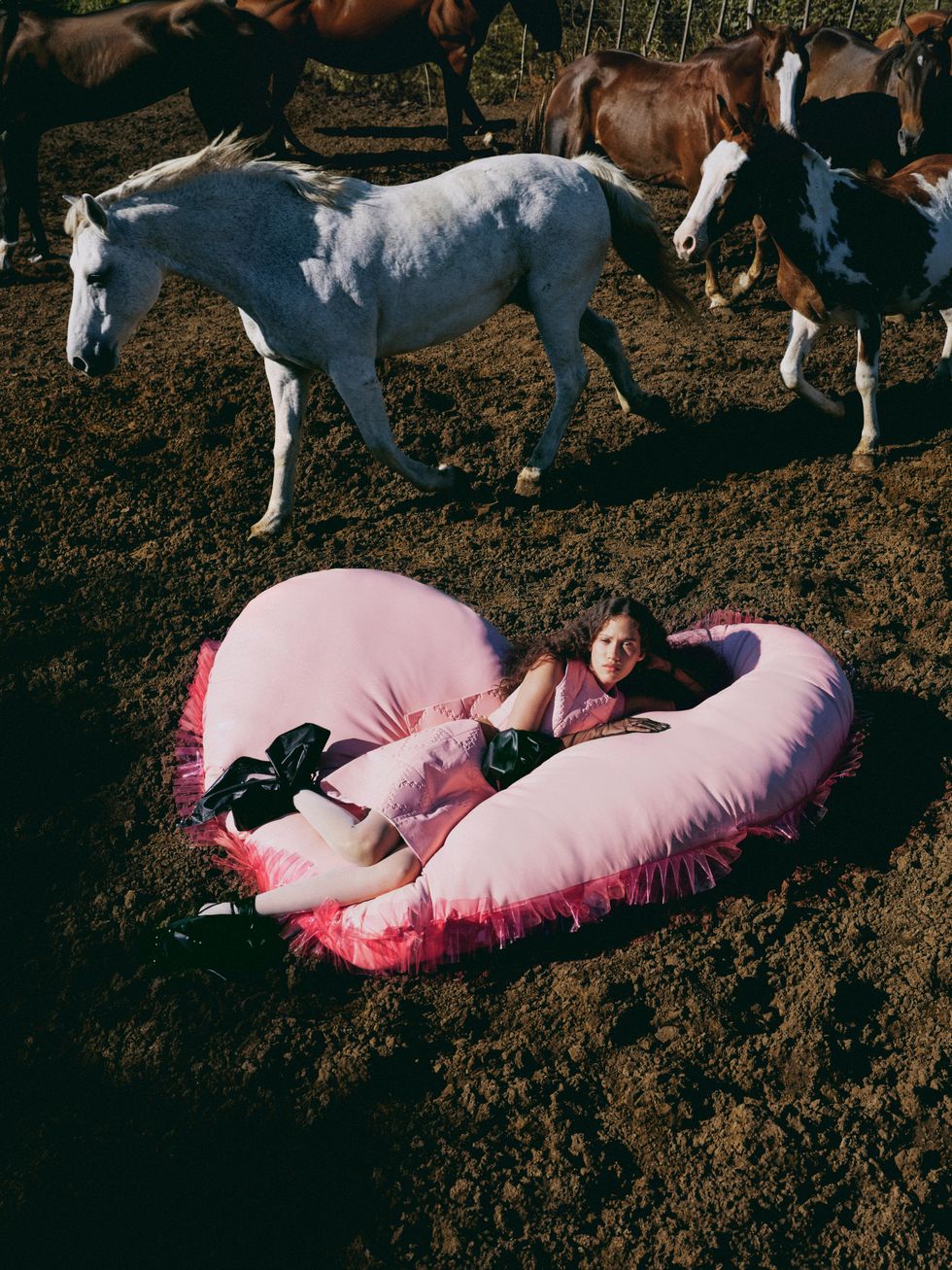
Do you source local materials from Argentina?
Sustainability and heritage guide my choices. I source deadstock fabrics from Italian luxury houses, combining them with local materials like raw leather, alpaca wool and chaguar. These elements not only reduce waste, but also highlight the paradox of Argentina’s wealth in raw materials versus its lack of industrialization.
The real stars of our collections are our artisans, who have been preserving the material and immaterial knowledge of Argentina for decades. We aim to engage with indigenous and rural communities, as well as contemporary artists, to bring their techniques and knowledge into our work. These collaborations are approached as a true dialogue where both sides learn and benefit, treating artisans not as invisible suppliers but as protectors of their crafts in a genuine co-creation process. From the beginning, we’ve worked closely with artisans who infuse their knowledge into garments, turning them into unique pieces. Collaborations with masters and conservators of traditional crafts are the backbone of reimagining the criollo aesthetic. The knowledge from rural and gauchesque traditions, like silverwork and rope-making, tends to be traditionalist, kept by men only, leaving little room for exploration. So, when we introduce elements like plastic rhinestones or green leather, it creates an engaging challenge for them.
We also worked with a young artisan Valentin Demarco from Olavarría who approaches criollo silverwork from a queer deconstruction angle, which can be uncomfortable for a very traditional rural society but has found its place at Esquina. Roxana Amarilla, who leads the Matria foundation—helping artisans with economic and financial education—has been essential for us. She’s our go-to consultant, helping shape our ideas before we finalize our approach. Currently, we are slowly beginning our first conversations with the Wichí indigenous women's community. This is a real challenge because of communication barriers and the need to be respectful of their ancestral techniques. It’s a huge honor, and we have to understand their methods to establish a dialogue of innovation without being overwhelming, recognizing the intricate web behind the preservation of arcane knowledge.
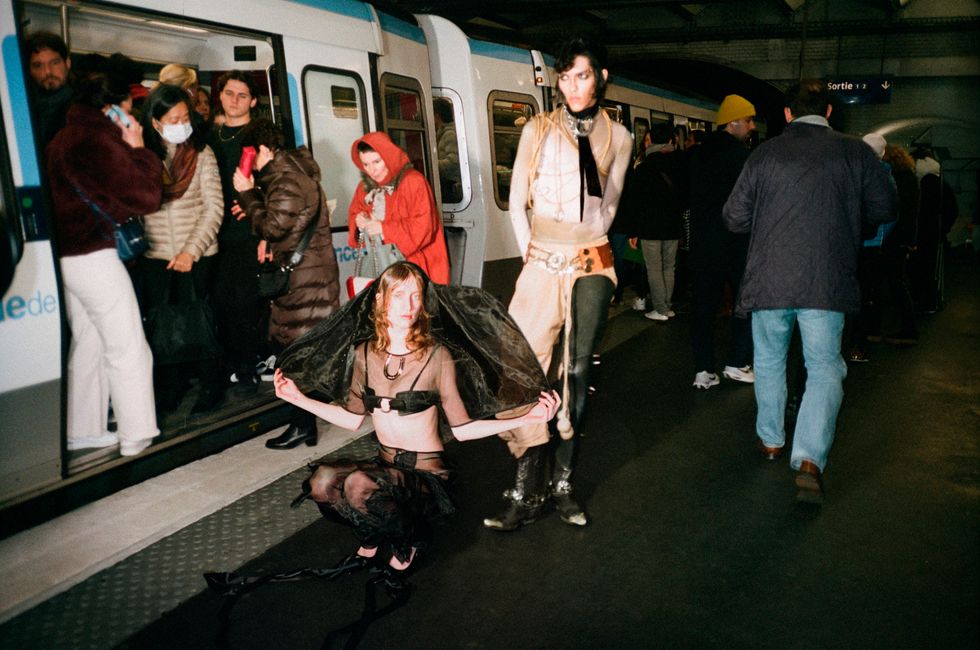
Photos courtesy of Esquina Esquina
Related Articles Around the Web
Entertainment
Rami Malek Is Certifiably Unserious
Story by Joan Summers / Photography by Adam Powell
Story by Joan Summers / Photography by Adam Powell
14 November
Music
Janelle Monáe, HalloQueen
Story by Ivan Guzman / Photography by Pol Kurucz/ Styling by Alexandra Mandelkorn/ Hair by Nikki Nelms/ Makeup by Sasha Glasser/ Nails by Juan Alvear/ Set design by Krystall Schott
Story by Ivan Guzman / Photography by Pol Kurucz/ Styling by Alexandra Mandelkorn/ Hair by Nikki Nelms/ Makeup by Sasha Glasser/ Nails by Juan Alvear/ Set design by Krystall Schott
27 October
Music
You Don’t Move Cardi B
Story by Erica Campbell / Photography by Jora Frantzis / Styling by Kollin Carter/ Hair by Tokyo Stylez/ Makeup by Erika LaPearl/ Nails by Coca Nguyen/ Set design by Allegra Peyton
Story by Erica Campbell / Photography by Jora Frantzis / Styling by Kollin Carter/ Hair by Tokyo Stylez/ Makeup by Erika LaPearl/ Nails by Coca Nguyen/ Set design by Allegra Peyton
14 October
Entertainment
Matthew McConaughey Found His Rhythm
Story by Joan Summers / Photography by Greg Swales / Styling by Angelina Cantu / Grooming by Kara Yoshimoto Bua
Story by Joan Summers / Photography by Greg Swales / Styling by Angelina Cantu / Grooming by Kara Yoshimoto Bua
30 September
Music
Demi Lovato Is No Joke
Story by Ivan Guzman / Photography by Jason Renaud / Styling by Chris Horan/ Makeup by Loftjet / Set design by Allegra Peyton
Story by Ivan Guzman / Photography by Jason Renaud / Styling by Chris Horan/ Makeup by Loftjet / Set design by Allegra Peyton
15 September
